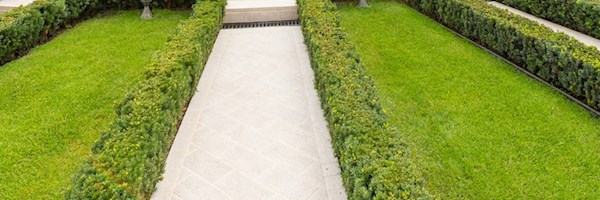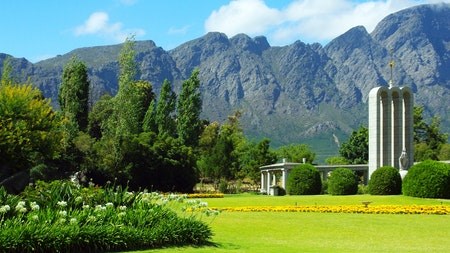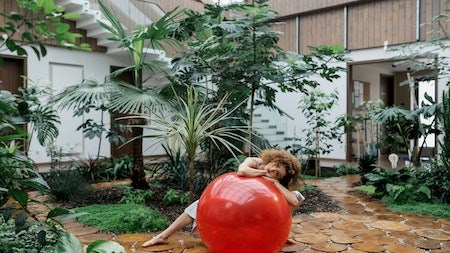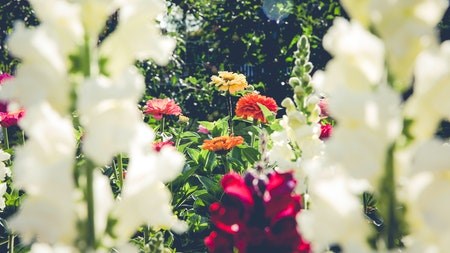Even though it’s officially spring, the weather all around the country is taking its time to warm up.
Here are some great tips for making the best use of this opportunity to get your garden ready for when spring really kicks in – and on into summer.
In September
September is a good month to plant and sow vegetables for a bumper crop.
Seedlings to plant include:
- Celery
- Corn
- Eggplant
- Green pepper
- Melon
- Parsnip
- Parsley
- Basil
- Tomato.
For a summer harvest, sow the seeds for:
Beetroot
Cucumber
Lettuce
Potatoes
Radishes.
Colour
Plant some indigenous flowering plants now for a rush of spring colour when the warm weather arrives.
- Gazanias
- Blue felicias
- Arctotis
- Scabiosas
- Plectranthus
Now is also the ideal time for planting dahlia bulbs and tubers.
Trees
Arbour week may be over for this year, but it’s never too late to plant a beautiful tree.
Choose an indigenous tree, such as:
- Yellowwood
- Leopard
- Tree wisteria
- Fever
- Liquid amber
- Riverbush willow
If you don’t have enough space in your garden, you can sponsor a tree to be planted by an organisation such as Greenpop or Food & Trees for Africa.
Food & Trees for Africa (FTFA) is a leading Section 21 non-profit organisation that addresses food security, natural resource management, environmental sustainability, and greening.
Greenpop is an award-winning registered non-profit organisation based in Cape Town. This inspirational organisation puts its energy into restoring ecosystems and empowering environmental stewards through forest restoration, urban greening, food gardening, and environmental awareness projects across sub-Saharan Africa. Greenpop was founded in 2010 and has planted more than 150 000 trees. They have inspired over 132 000 active citizens across South Africa, Zambia, Malawi, and Tanzania.
Feed
It’s very important to make sure your plants get the nutrients they need before the hot summer months.
Feed your plants with the following:
- Roses will benefit from 8:1:5 fertiliser to encourage a beautiful flush in October.
- Feed existing winter bulbs with bulb feeding or 3:1:5 slow-release fertiliser so that they can produce another colourful show.
- Feed your lawn with a 2:3:2 and 4:1:1 fertiliser.
- Shrubs and trees will flourish if fed with a 3:1:5 fertiliser.
- Fruit trees will need Nitrosol and 3:1:5 fertiliser in September.
Prepare beds with compost and pots with a rich potting soil and plant summer bulbs like gladiolus and dahlias.
Start feeding citrus and other fruit trees with 3:1:5 fertiliser to encourage fruit production and ensure a good crop for next season.
Treat gardenias that have yellowing leaves with iron chelate, and water well.
Mulch azaleas and camellias with well-rotted pine needles or bark chips once the flowers have faded, then feed with a high-nitrogen fertiliser.
To help protect your roses against pests and fungal diseases, spray them with a rose cocktail made from:
- One part Rosecare
- One part Trelmix
- One part Seagro
- One tablespoon of vinegar
- One teaspoon of dishwashing liquid.
Prune
Many gardeners are hesitant to prune shrubs and flowers, for fear of killing the plant. But most plants thrive on having deadwood cut away to allow fresh new growth and blooms.
- Give winter-flowering shrubs – such as hibiscus, ribbon bushes and poinsettia – a good pruning after their active season.
- Cut back fuchsias to encourage bushy growth.
- Deadhead and cut back leggy winter annuals like pansies. Replace the tired looking ones with summer annuals like petunias, portulaca and delphiniums.
Drought-resistant Garden
Most regions of South Africa experience periodic droughts, so waterwise planting is a good safeguard for the future. It also helps you do your bit to save a precious and limited resource.
Stodels recommends planning a drought-resistant garden with a colourful array of waterwise plants, such as air plants, aloes, buchu, clivias, fynbos, lavender and succulents.
Buchu belongs to the Rutaceae family, as do citrus fruits. It is native to South Africa, with a natural distribution restricted to the Western Cape Mountain regions, although it can be grown in most other regions.
Buchu is an edible low shrub, about 1.5m high, with white, mauve or pink flowers that bloom in spring. They release an aromatic scent through oil glands in their bright green leaves, and are used medicinally, in teas and cooking. Buchu is best grown in coarse, well-drained and deep soil, and needs sufficient sunshine and a frost-free climate.







